Future in film
Walt and his peers had been the products of mid-century optimism, envisioning the wonder of atomic energy, the enormity of space, the hopes of progress, and the vision of a world at peace through expanding communication. Fittingly, the Tomorrowlands they designed were bright, geometric, hopeful places of pastel Peoplemovers, whizzing rockets, cheerful chemicals, modern conveniences, and living examples of the era’s carefree, utilitarian, smart, stylish design.
Image: 21st Century Fox / Lucasfilm
In 1977, Star Wars lit up the big screen. George Lucas had brilliantly crafted a new take on space: it was a vast, dark, gritty world of used-up industrial ships, scrap metal, planets of poverty, and a repressive Empire ruling the galaxy. (This groundbreaking new style of space is also evident in his creations for Disney – Lost Legends: Captain EO, the original STAR TOURS, and Alien Encounter.)
Then came 1979’s Alien. The gleaming, silver halls of a spaceship decayed into a labyrinth of hissing steam, alarms, flashing lights, body horror, and terror – a decided dark and horrific take on the previously sterile images of space.
Image: 21st Century Fox
You’ll see it again and again in Blade Runner, The Terminator, The Thing, The Return of the Jedi, Dune... throughout the 1980s, a new vision of tomorrow was coming to light: that it was a dark, grimy, dystopian, gritty, industrial place... maybe even apocolyptic. In the future, humans would find their cities overpopulated and polluted, overrun with advertising, seemingly under perpetual night skies...
In retrospect, this dismal, gloomy, sci-fi future is so obviously a hallmark of the 1980s that’s come and gone (and indeed, fans wish Disney’s Tomorrowlands retained their simple, optimistic, retro-nostalgia...) but then and there in the midst of ‘80s grunge, it must’ve felt that humans stood at the precipice of this dark, neon world of the unknown...
Disney, meanwhile, stood at the precipice to its own entry into the pop culture canon of this unusual tomorrow...
TRON
Image: Disney
When Tron was released in 1982, it was only a moderate success at the box office, earning a measly $33 million against a $17 million budget. But speaking of forward-thinking, Tron was perhaps one of the most visionary films of the decade. At a time when living rooms were still dominated by Atari consoles and kids saved up to play Dig Dug in the arcade after school, Tron imagined what then seemed inconcievable: an entire world inside of a video game.
The mile-a-minute film propels Jeff Bridges’ Kevin Flynn into a glowing, pulsating digital mainframe called “The Grid” populated by “programs” – human likenesses of the game’s developers and designers. There, he faces off against the digital incarnation of the man who stole his ideas and the imposing MCP – Master Control Program. Alongside freedom fighter Tron, Flynn sets out to free the oppressed programs of the Grid.
One of its most iconic scenes is a chase across the game grid on virtual “light cycles,” leaving trails of stretched light behind them as they race dangerously in three dimensions through the virtual world.
Unforgettably, Tron was assembled by means of backlit animation, live action, and cutting-edge computer animation that set a new stylistic standard and made the day-glo, neon film look and feel like something from another planet... unlike anything seen before.
Image: Disney
Flickering, high contrast, glowing circuitry, and an entirely electronic score made Tron so unlike anything else, renowned Chicago Times film critic Roger Ebert decreed it “a dazzling movie from Walt Disney in which computers have been used to make themselves romantic and glamorous. Here's a technological sound-and-light show that is sensational and brainy, stylish, and fun.”
Though its initial box office earnings were considered a disappointment, over time Tron became a bonafide cult hit, winning the Academy Award for Technical Achievement fourteen years after its release. That’s to say nothing of the world that developed around it, including comic books, video games, and even a World of TRON segment aboard Disneyland’s Peoplemover!
Fast-forward
Image: Disney
To really understand TRON’s cult appreciation and simmering, long-lasting appeal, we have to fast-forward twenty-eight years later to 2010’s TRON: Legacy. Picking up where the first film left off and reuniting much of the cast and crew from 1982, TRON: Legacy had a budget literally ten times larger than its predecessor ($170 million) and earned $400 million at the box office, not to mention the sales of its award-winning soundtrack and score by Daft Punk and its spin-off TRON: Uprising animated television series.
Naturally, TRON: Legacy also revived the famed Lightcycles in a distinctly 21st century arrangement: a new, three-dimensional race through a sleek, digital world, which you can see here.
Image: Disney
Disney California Adventure even hosted a nightly street party called ElecTRONica, turning the park’s Hollywood Pictures Backlot into a glowing, neon paradise of lasers, projections, racing Lightcycles, Flynn’s Arcade, and electronic music. Meanwhile, the park’s then-new World of Color had its own must-see “TRONcore” finale, seemingly hacking, digitizing, and rebooting the park’s Paradise Pier.
At least momentarily, Tron was back in the spotlight. And there in 2010, at perhaps the newfound pinnacle of its popularity, Disney’s executives were hard at work crafting a deal that would open the most elaborate new Disney Park since Tokyo DisneySea...
Thinking globally
It’s no surprise to fans of Disney Parks that the early 2000s were a rough time. In those last few uncomfortable and uninspiring years with Michael Eisner as CEO, things were at an all-time low. After the devestating financial losses suffered by Disneyland Paris (all the way back in 1992), Eisner became infamously averse to any large scale projects, slicing budgets, cutting funding, and closing classic rides. Instead, he hedged his bets with “cheap and cheerful” parks, straight-to-video sequels that withdrew from generations-old brands, and made enemies of longstanding partners like Pixar, all with the approval of penny-pinching yes-men.
When Bob Iger stepped into the CEO role in 2005, he was committed to reversing Eisner’s cost-cutting. He launched a complete redesign of Disney’s first failed park and the subject of a Disaster File: Disney’s California Adventure and began investing in another, Disneyland Paris’ Walt Disney Studios; he kicked off an unprecedented era of acquisition (buying Pixar, Marvel, Lucasfilm, and 21st Century Fox), and he vastly expanded the company’s footprint globally.
It’s that last part that’s the most important, because under Iger’s regime, Disney began to set its sights to the next frontier: China. Though Michael Eisner had overseen construction of a tiny, underbuilt, underfunded Hong Kong Disneyland, mainland China was a target for a few very important reasons. As the world’s most populated country, China had otherwise been a sort of untapped resource whose extreme censorship had made Disney a relative unknown... which meant a market of more than a billion potential customers.
Image: Disney
In 2008, Disney English was established, essentially (and controversially) creating English-language classes for high-income Chinese children built almost exclusively around Disney characters and stories... In 2015, an all-Disney, Chinese-exclusive streaming service called DisneyLife was launched (and subsequently shut down by China’s government regulars six months later when they cracked down on foreign content).
And in 2010 – right at the height of TRON’s resurgance, Iger’s long-game in China came full circle with an astounding announcement...
Authentically Disney, distinctly Chinese
Image: Disney
Announced in 2010, the Shanghai Disney Resort would be one-of-a-kind for a number of reasons. First and foremost, Iger (who was deeply involved with the project and whose legacy would be tied closely to its success) coined the phrase “Authentically Disney and Distinctly Chinese,” referring to the resort’s classic Disney appeal with accomodations for Chinese culture and taste.
...and Chinese Communist sensabilities and censorship. After all, the resort is only 43% owned by the Walt Disney Company, with the Shanghai Shendi Group (a government-owned company) controlling with a 57% stake. Disney also agreed to:
- let China’s Communist party set entrance prices for the park;
- let the Shanghai Shendi Group own the property surrounding the park to develop their own resorts, shopping, and dining complexes;
- let China’s government even approve the roster of rides... specifically, duplicates of American attractions were allegedly forbidden, given that importing Jungle Cruise, “it’s a small world,” and Space Mountain would earn claims of American imperialism.
Image: Disney
So if Shanghai Disneyland couldn't feature any clones from American parks, what would it have? Taking a look at the concept art above, you'll notice one of the tremendous strengths of Disney's artists: when called upon, they can produce beautiful concept art that strategically shows almost nothing. Given that they couldn’t rely on classics, designers were tasked with coming up with a new slate of personalized attractions for the park... and when Imagineers are given a blue-sky budget and a challenge for originality, they can sure show up...
Image: Disney
At the 2016 IAAPA Attractions Expo in Orlando, Imagineering’s Chief Design & Project Delivery Executive, Craig Russel, said, "I don't think I've seen such a crystal clear mission statement from the top. Bob Iger's 'authentically Disney and distinctly Chinese' was part of that but it went beyond that. It was not really that we were building a project in China. It was that we were defining the Disney brand for 1.4 billion people. That was an historic opportunity. We get one shot at it, and we will leave nothing to chance."
When Shanghai Disneyland opened on June 16, 2016, it looked unlike any Disneyland-style park to come before... and in particular offered an E-Ticket that left Disney Parks fans salivating... Read on...
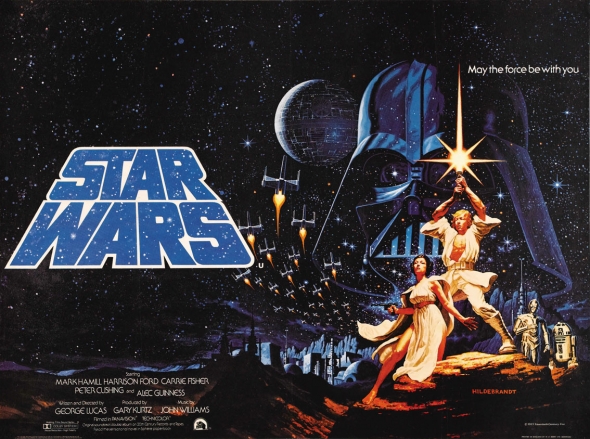
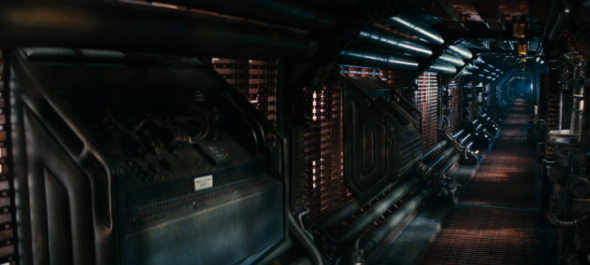
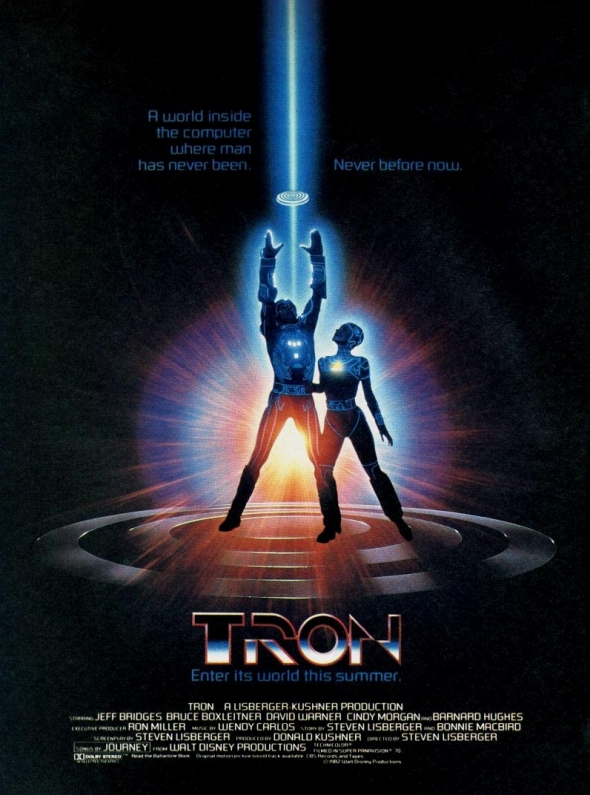
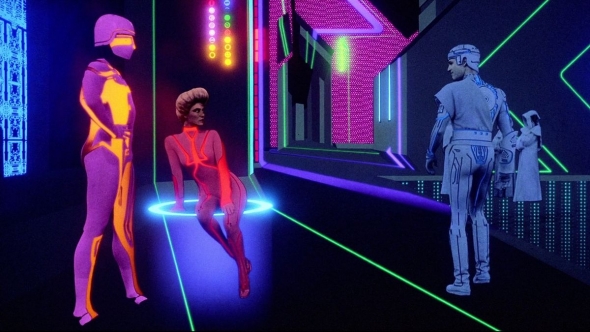
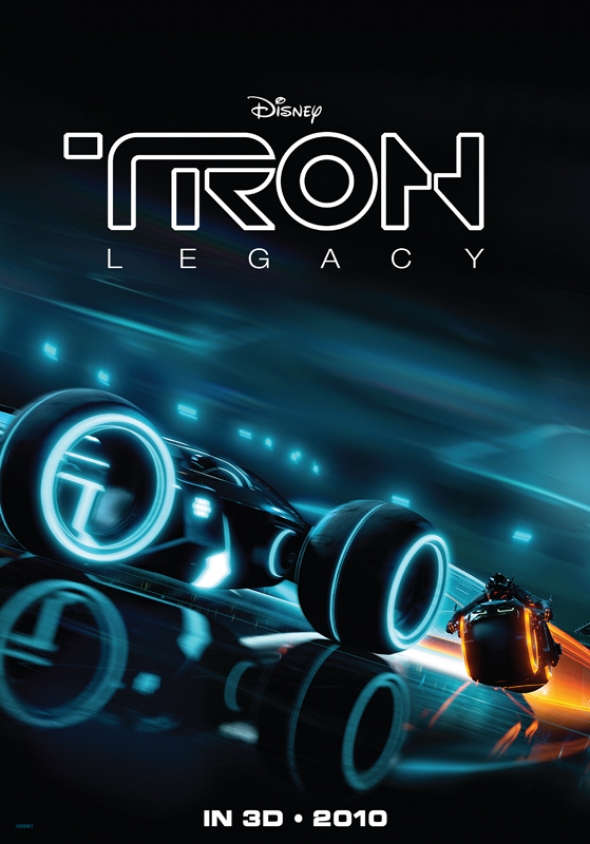
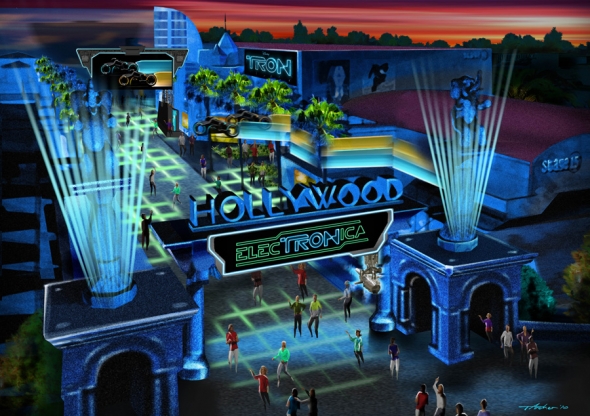
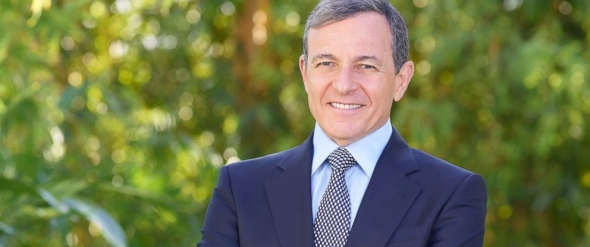

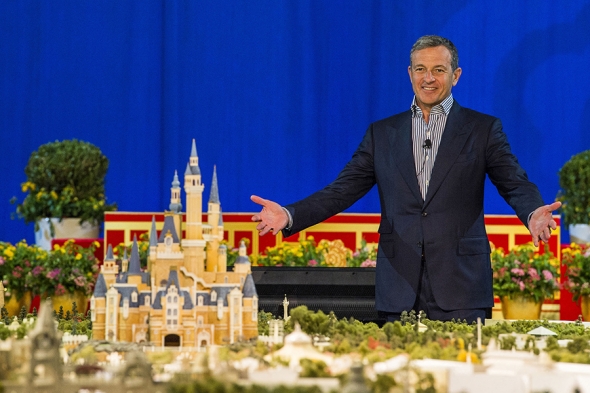
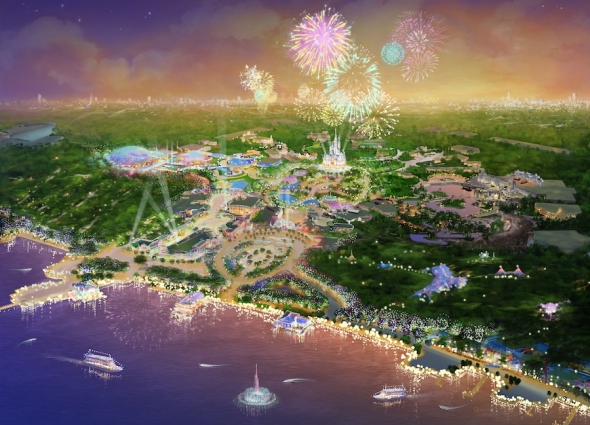
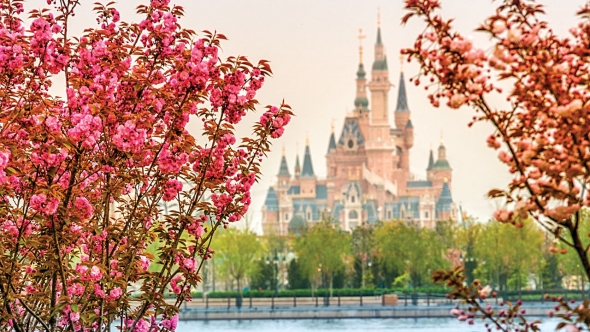

Add new comment